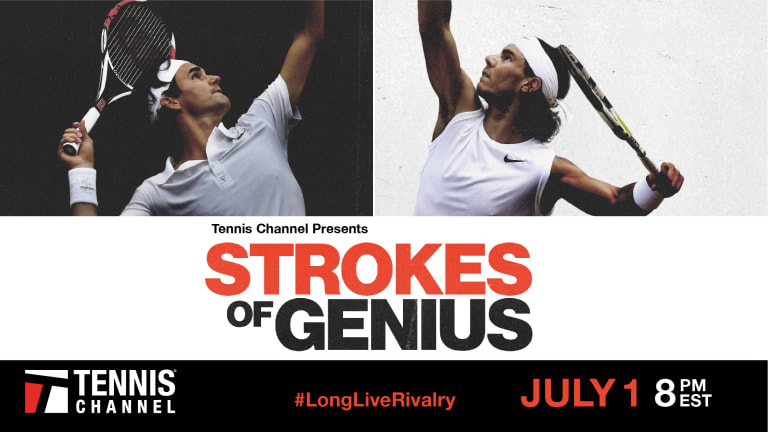ATP Masters 1000 tournaments are loaded with talent and loved by fans. There are three held on clay between April and May, and there are six on hard courts: two in the U.S. in the spring, another two in North America in the summer, and two more in the fall, in China and France.
There is something missing from this annual circuit of top-flight tennis: grass. The old surface and the stage for the most prestigious Grand Slam tournament is so cherished that the ATP, WTA and the leaders of Grand Slams decided to extend the lead-in to Wimbledon to three weeks after the French Open, rather than two. The move has been lauded by players, many of whom now play two grass events before Wimbledon. Last year, Roger Federer, who didn’t play on clay, showed how ideal this setup can be. In his first grass tournament, in Stuttgart, he lost his first match. But he went on to win the Halle grass event, and then won Wimbledon without losing a set.
WATCH—Rafael Nadal speaks about playing on grass:
